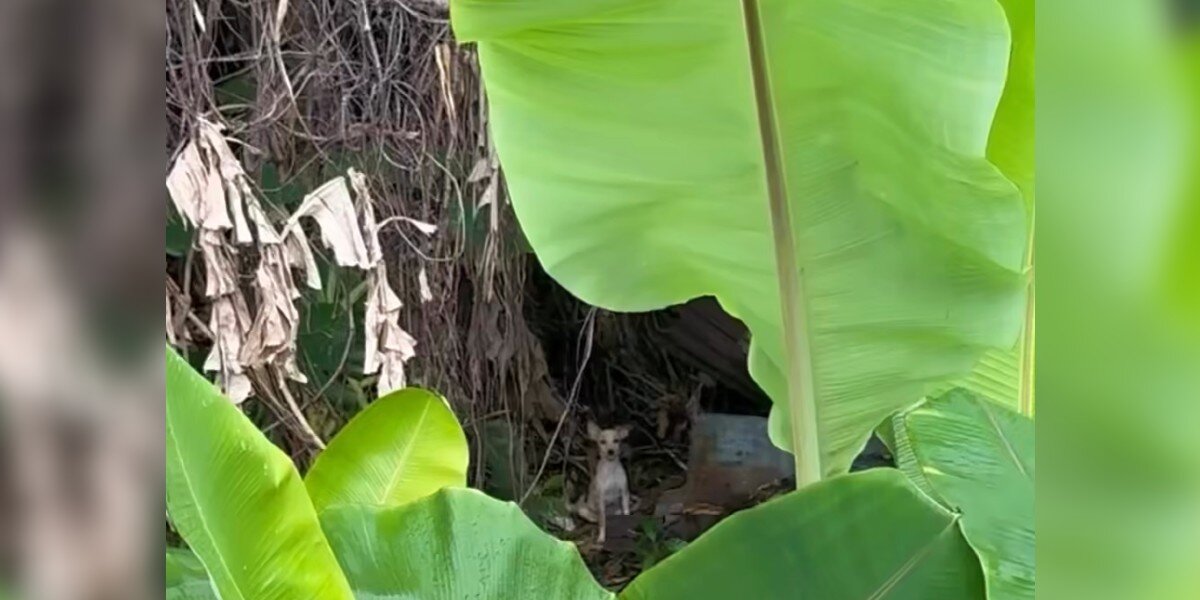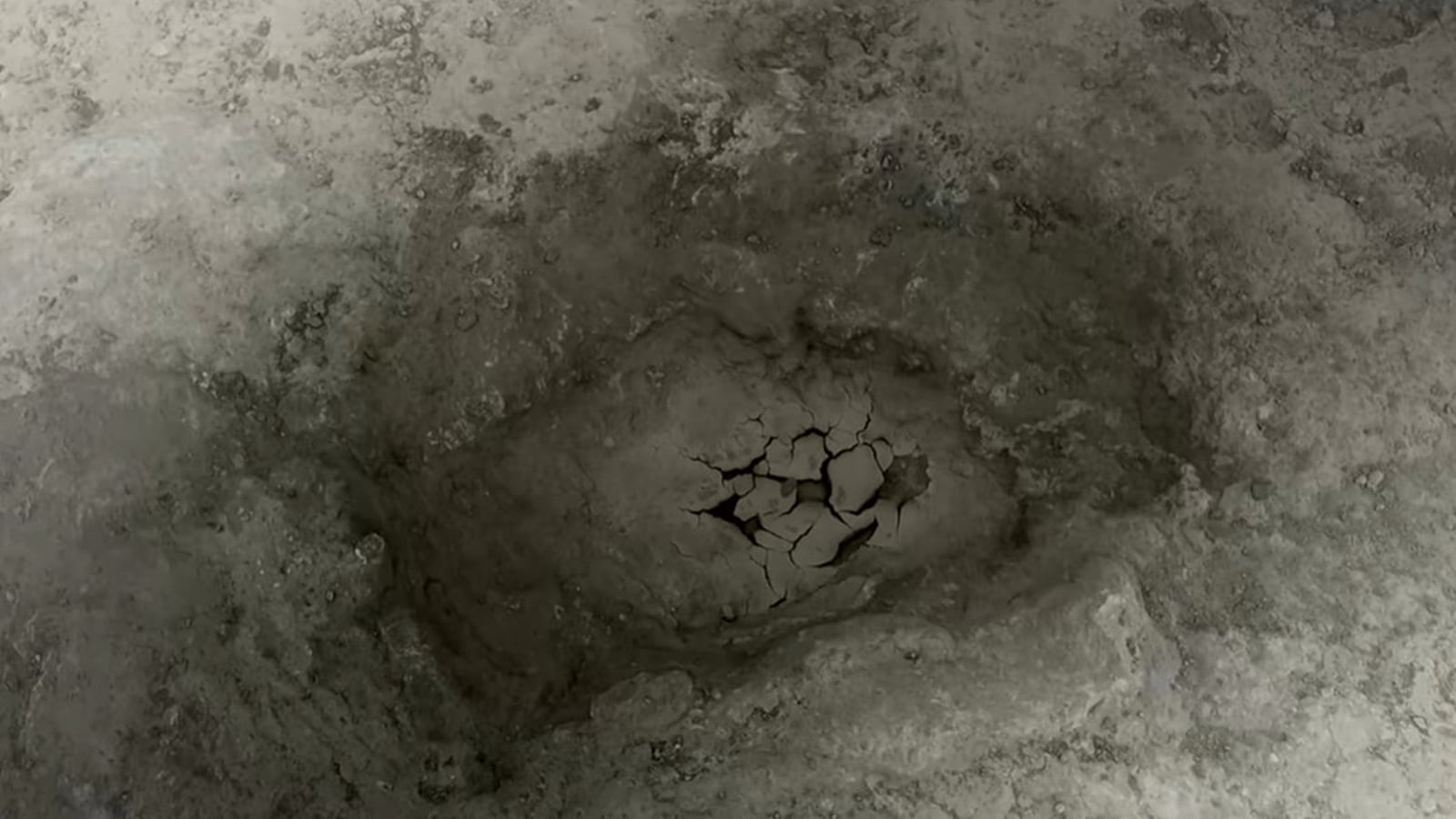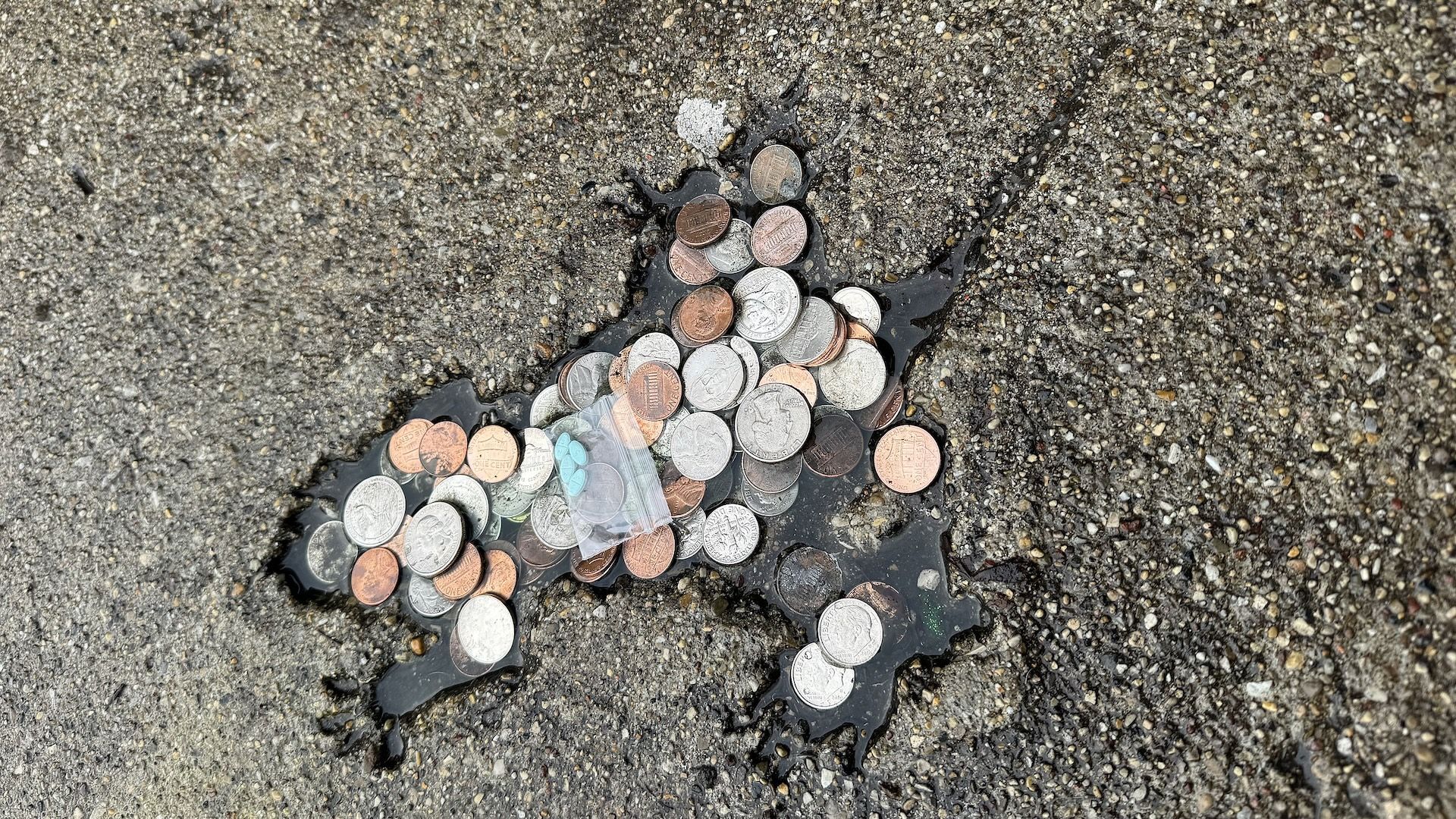Unbelievable Discovery: Trees Actually Hold Secrets to Hidden Gold!

Have you heard? Trees might not just be the lungs of our planet—they could also be the key to uncovering hidden treasures! In a groundbreaking study that has shocked and captivated audiences around the globe, researchers have discovered that trees can harbor gold within their very tissues.
Yes, you read that right! While you won't find shiny coins or bars hanging from branches like oversized ornaments, microscopic specks of gold have been found tucked neatly inside the needles of Norway spruce trees. Conducted by a team from the University of Oulu and the Geological Survey of Finland, this research unveils a fascinating connection between trees and the precious metal hidden beneath the earth's surface.
Located in Lapland, an area rich in gold-bearing rocks, the study examined 138 samples from 23 trees. Surprisingly, gold nanoparticles were detected in the needles of just four trees, hinting at a localized phenomenon rather than a widespread occurrence. This brings us to the real MVPs of the story—tiny bacteria known as endophytes, which reside inside the trees and perform the remarkable feat of converting dissolved gold ions from the soil into solid metallic nanoparticles.
Imagine this: as trees absorb water containing trace amounts of gold, these crafty microbes chemically transform that gold into glittering particles embedded deep within the plant tissue. Under a microscope, these flecks shine bright, far beyond any simple surface contamination. This isn't just a whimsical idea; it’s nature's own version of nanotechnology unfolding in the wild!
But before you grab a shovel and head to the nearest forest, let’s set some expectations straight. The amount of gold found is incredibly small—billions of times less than what you’d need to make even a gram. While it may not pay off in the immediate sense, the scientific implications are enormous. This discovery could revolutionize mineral exploration techniques, allowing geologists to identify buried gold deposits by examining nearby vegetation instead of resorting to invasive drilling.
In India, where mining often comes at a significant environmental cost, this plant-based approach could completely transform how we explore for minerals. Imagine a world where scientists could chart gold deposits through the whispers of leaves instead of the cacophony of machinery! This method, called biogeochemical prospecting, could pave the way for a cleaner, more sustainable future, allowing us to tap into nature’s secrets without leaving a scar on the earth.
So, while the Finnish study doesn’t necessarily prove that money grows on trees, it certainly spices up our understanding of the natural world. The next time you stroll through a pine forest, remember—within those needles, a world of microscopic gold is waiting to tell its story.



























